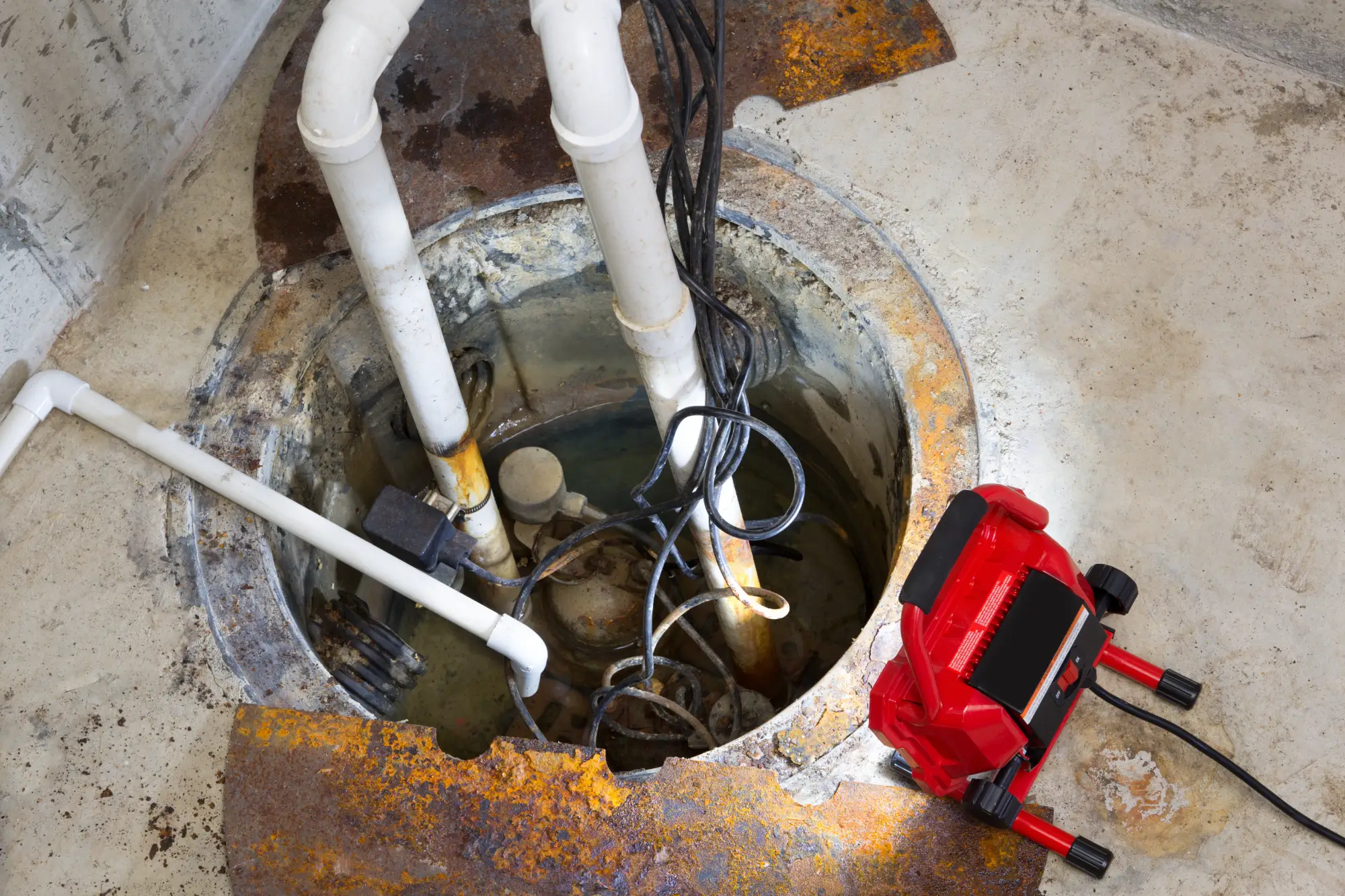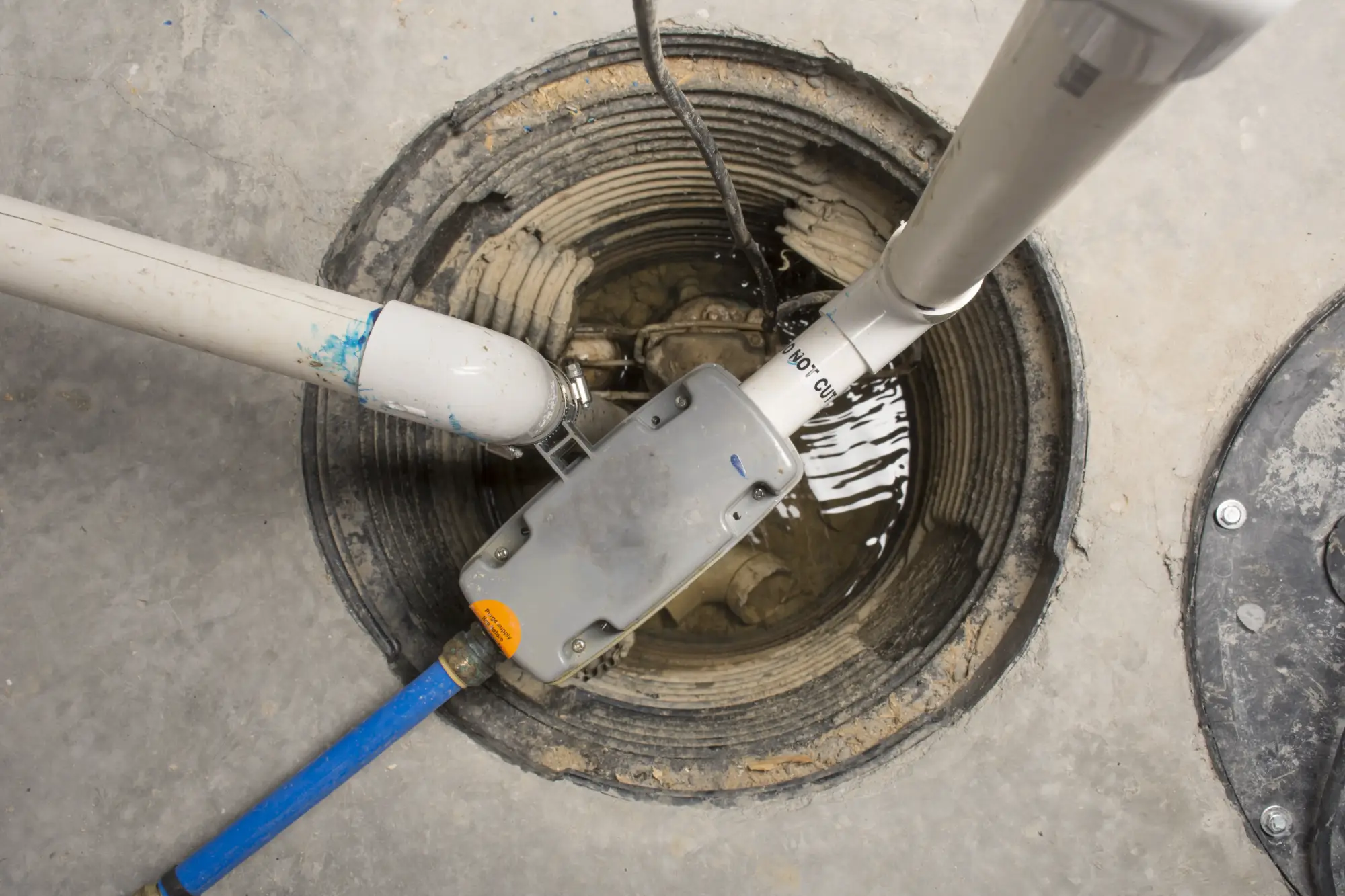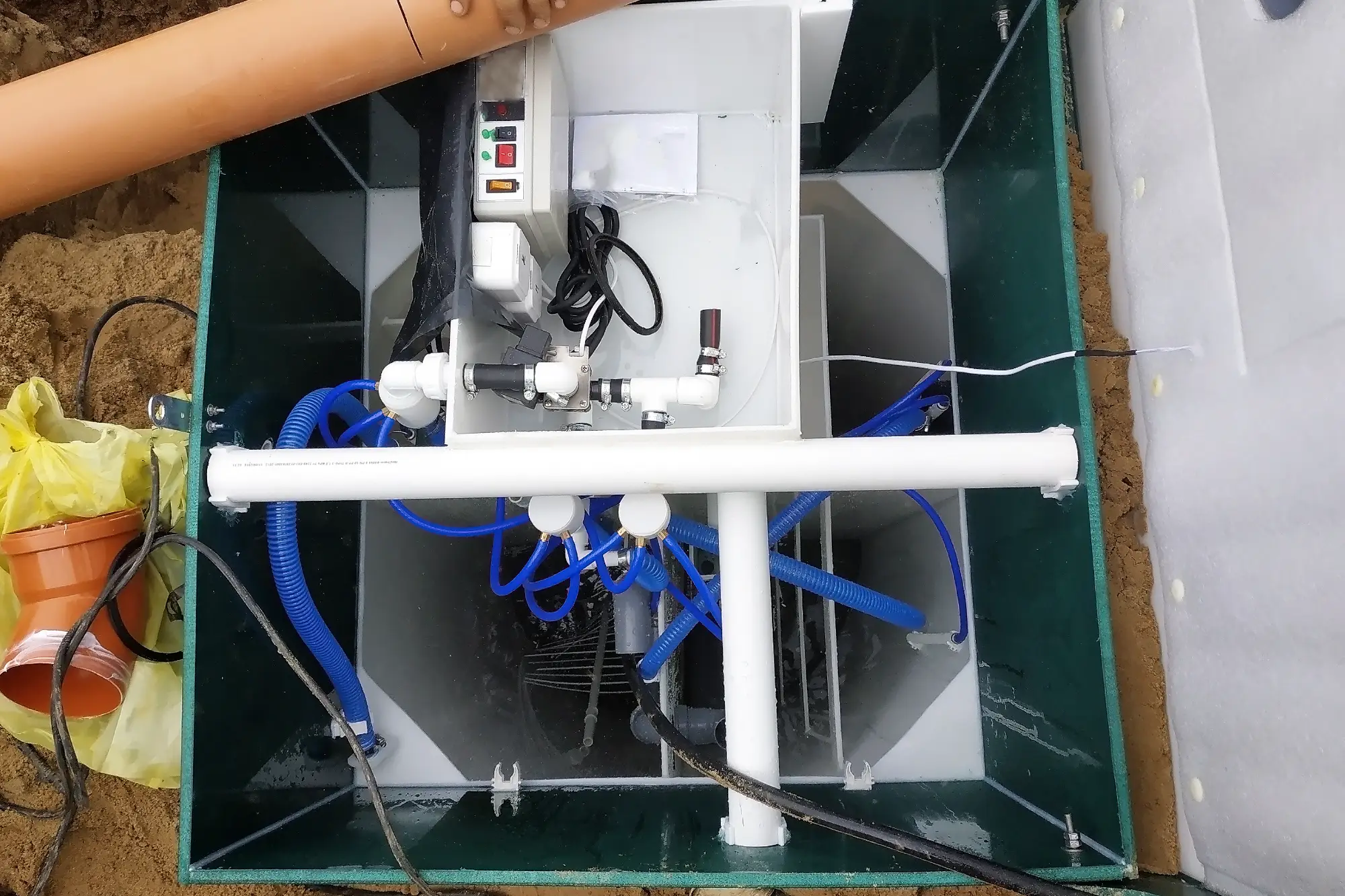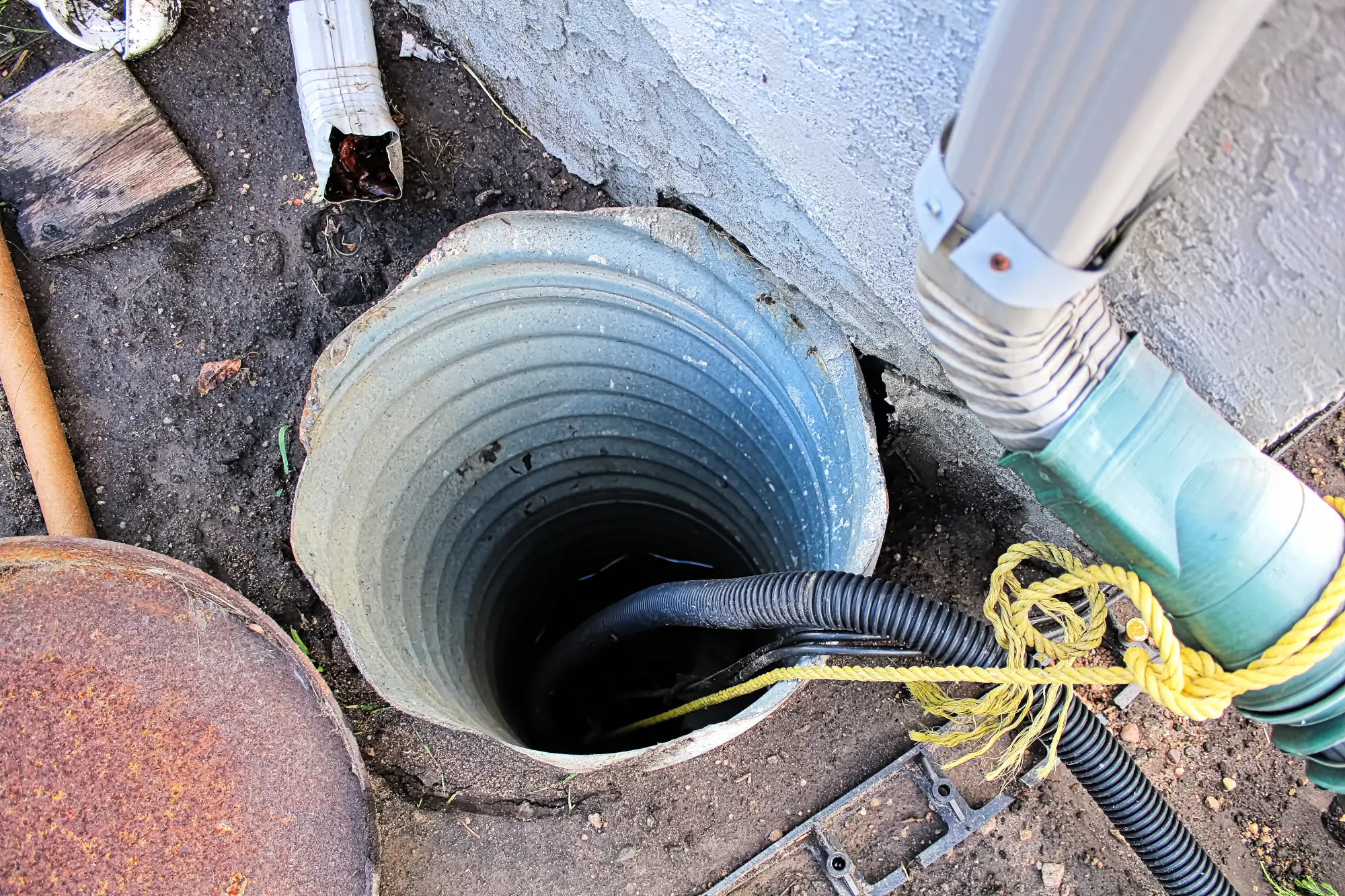Sump Pump Installation in Commack, NY
Stop Basement Flooding Before It Starts
Custom sump pump systems that actually work when Long Island storms hit hardest.

Hear About Us

Reliable Basement Sump Pump Systems
You’ll sleep through storms instead of lying awake wondering if your basement is flooding. No more rushing downstairs during heavy rains to check water levels or moving belongings to higher ground every time the forecast looks threatening.
Your basement becomes usable space again. Store holiday decorations, exercise equipment, and family keepsakes without worrying about water damage. Run your washer, dryer, and furnace without the constant anxiety that comes with an unreliable or missing sump pump system.
When neighbors are dealing with flooded basements and insurance claims, you’ll have the peace of mind that comes from a properly installed sump pump designed specifically for Commack’s soil conditions and water table challenges.
Commack Sump Pump Installation Company
We’ve been protecting Long Island basements for years at Diamond Masonry & Waterproofing LLC. We understand how Commack’s soil composition, seasonal water table fluctuations, and storm patterns affect your home’s foundation and drainage needs.
We’re not just sump pump installers. Our background in masonry and waterproofing means we see the complete picture of your basement protection needs. We know which systems work best in different soil types and how to integrate sump pumps with other waterproofing measures.
You’re working with contractors who live and work in this community. We’ve seen what happens when sump pumps fail during nor’easters, and we’ve helped countless Commack homeowners upgrade from inadequate systems to reliable basement protection.

Basement Sump Pump Installation Process
We start by assessing your basement’s current drainage situation and water entry points. This includes checking your existing sump pit (if you have one), evaluating floor slope, and understanding how water moves through your basement during heavy rains.
Next, we design a sump pump system tailored to your basement’s specific needs. This might mean upgrading your sump pit, installing a more powerful pump, or adding backup systems. We explain exactly what we’re installing and why each component matters for your situation.
Installation involves proper excavation, setting up the sump pit and pump system, connecting discharge lines, and testing everything thoroughly. We make sure your new system integrates properly with your home’s electrical and drainage setup. Before we leave, you’ll see exactly how your sump pump operates and what to expect during the next storm.

Ready to get started?
Explore More Services
About Diamond Masonry & Waterproofing
Get a Free Consultation
Complete Sump Pump System Installation
Your sump pump installation includes everything needed for reliable basement protection. We install the pump, sump pit, discharge piping, and electrical connections. You also get proper grading around the pit and integration with your existing basement waterproofing measures.
We handle the technical details that matter for Long Island homes. This includes selecting pumps with adequate capacity for your basement size, installing check valves to prevent backflow, and setting up discharge lines that won’t freeze during winter storms.
Many Commack homeowners need more than basic sump pump replacement. We often integrate new installations with foundation crack repair, improved basement drainage, or upgraded waterproofing systems. Our masonry background means we can address structural issues that contribute to water problems while installing your new sump pump system.

How do I know if I need a new sump pump installation?
What size sump pump do I need for my Commack basement?
How long does sump pump installation take?
Should I install a backup sump pump system?
What maintenance does my new sump pump need?
How much does professional sump pump installation cost?
Local Resources
- Google Map Link
- Find the Commack, NY USPS
- Locate Nearby Commack, NY Pharmacies
- View the Current Weather in Commack, NY
- Commack, NY is located in Suffolk county in New York State